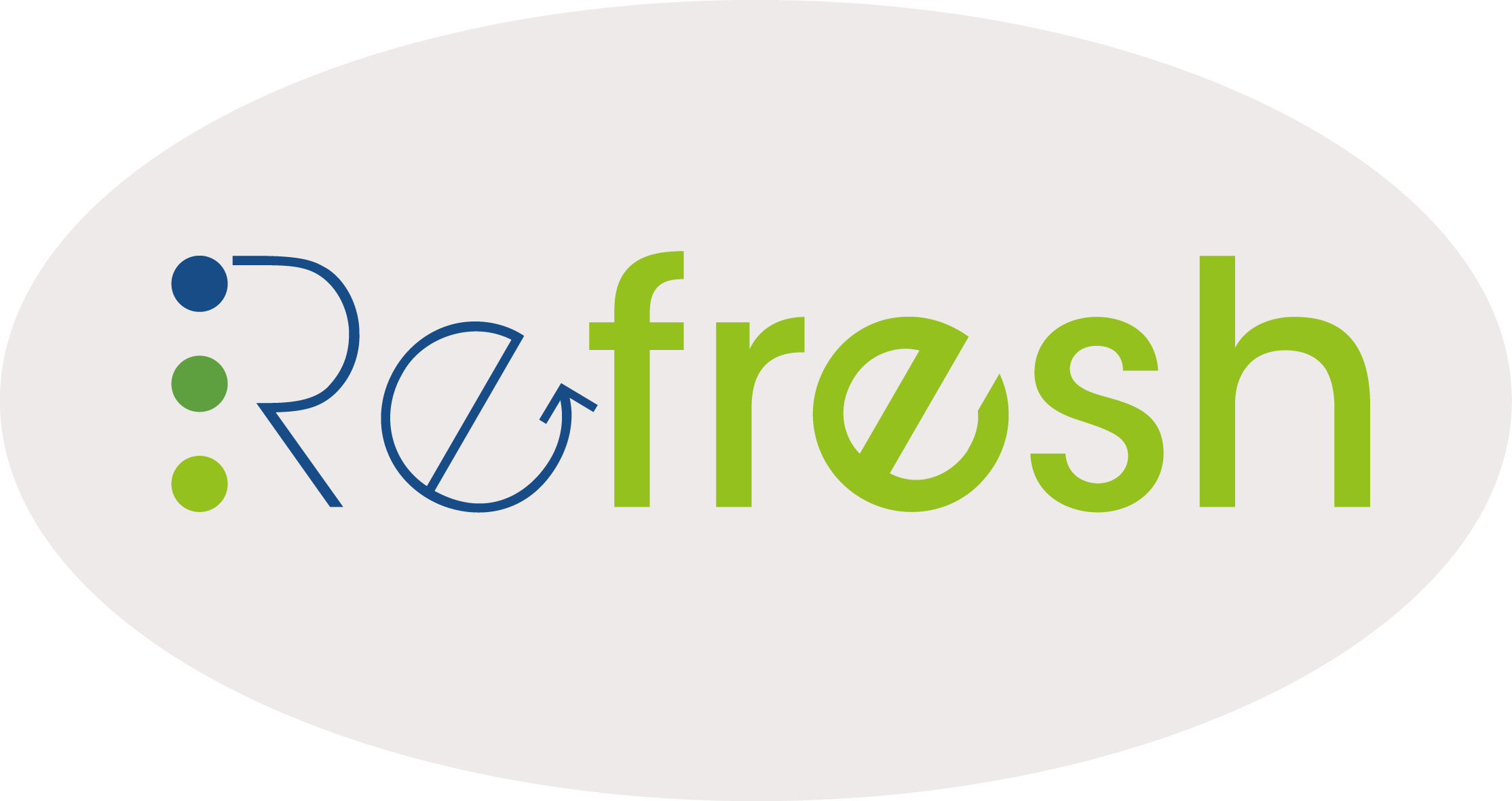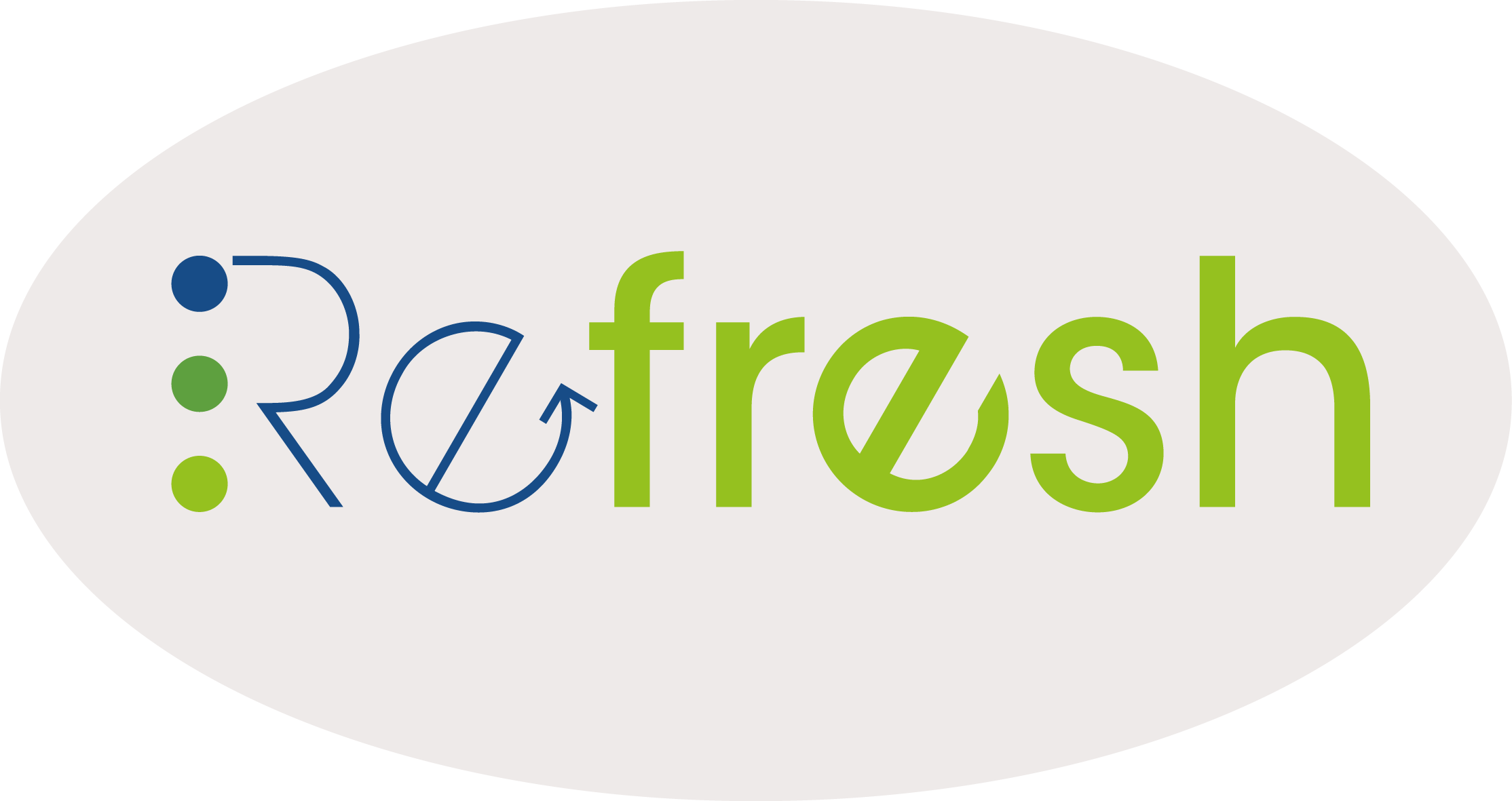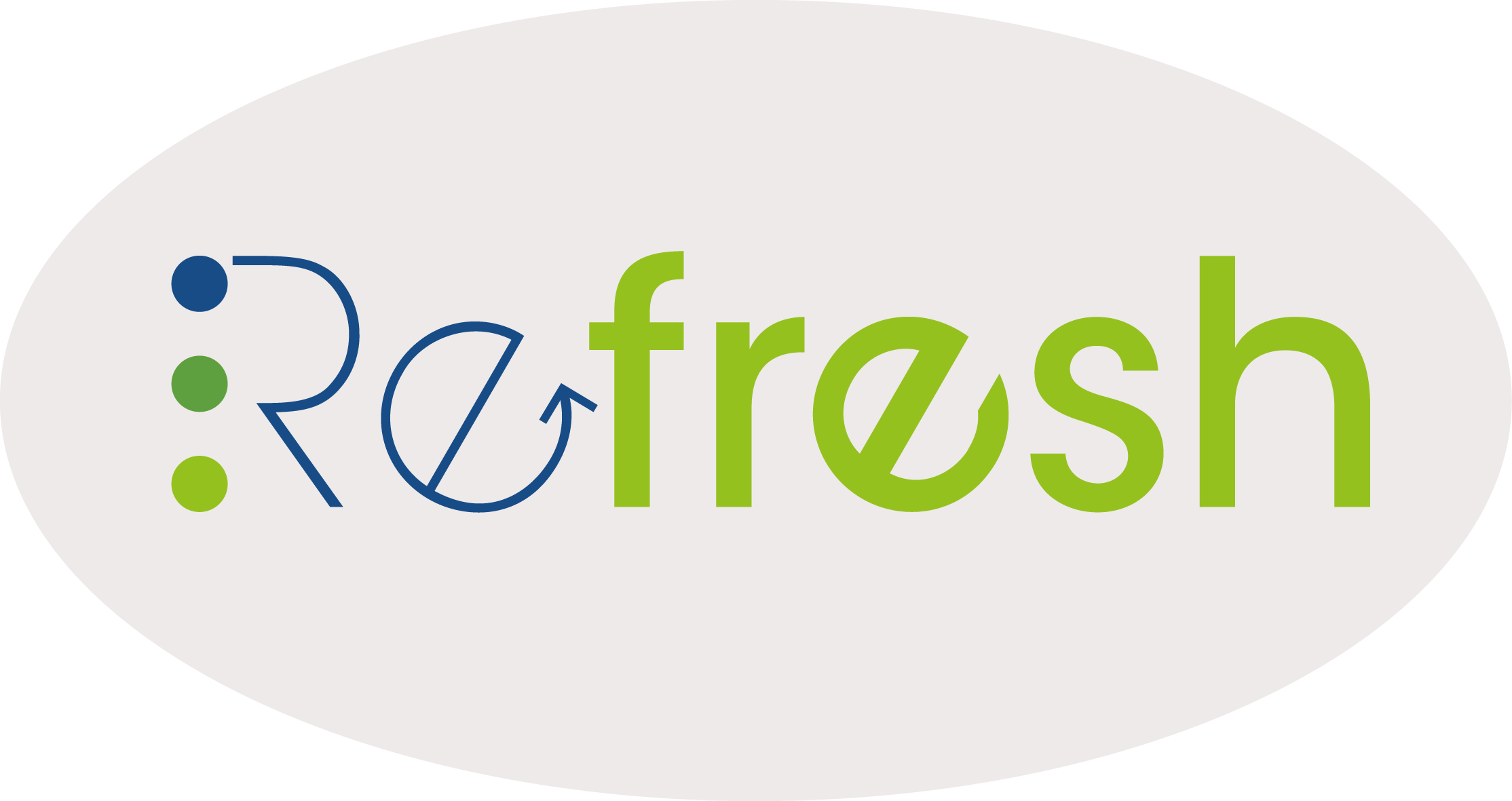Food Waste Quick Scan at Retailers
Uploaded by: Kate Bygrave
Uploaded on: 21st December 2018
Author(s): Joost Snels
- Share
Overview

Retailers increasingly want to control their food waste at their outlets. Food waste at retail outlets can be divided into pre-store and in-store food waste. Pre-store waste consists of items rejected by the retail outlet at delivery due to non-compliance with quality requirements. This proposal focuses on in-store food waste. In-store food waste occurs after the retailer has accepted delivered products. In-store food products are wasted for different reasons. For example due to expiration date labels (expired best-before or use-by dates), unacceptable quality decay (quality as judged by sensory aspects such as visual appearance and odour) or product/packaging damage. Expiring date labels are considered to be the main reason for in-store food waste (Hanssen and Schakenda, 2011).
Some retailers lack a right understanding of their food waste: there is a lack of registration of waste data, and there is a need for defining the right control information. Such control information consists of informative visualisations of the data, the right key performance indicators (KPI’s, for example relative or absolute waste, waste at product level, category level or outlet level), and realistic (SMART) targets (for example 2% waste at category level). Zero waste is mostly not realistic as limited product shelf lives in combination with demand uncertainty and substantial order lead times will ‘guarantee’ some base level of product waste.
Only after having optimised the waste registration, and after having defined the right control information (data visualisation, key performance indicators, smart targets), the retailer will be able to set up an effective waste-monitoring and improvement program. The retailer can perform improvements in practice (for example on a pilot scale), and watch the effect on the KPI’s. Possible improvements are shelf-life extension, case-pack reduction, improved replenishment policies, price-discount policies based on expiring best-before dates, and optimised promotions.
Quick Scan
The Quick Scan is a 4 step approach that gives retailers, based on their own historical data, a first and thorough insight in their food waste and opportunities to reduce it. The technique used is the so called Fresh Case Cover (FFC). This is an indicator with which problem areas (categories, products) can be identified in terms of loss. Depending on the FCC value and the measured loss, various prevention options are proposed.
Interested?
Please contact:
Wageningen Food & Biobased Research
Joost Snels
joost.snels@wur.nl
+31 (0)371481155
Contact email: joost.snels@wur.nl
Files
Start sharing your knowledge!
Upload your own resource and share your ideas with the rest of the community.
Sign In | Share




0 Comments